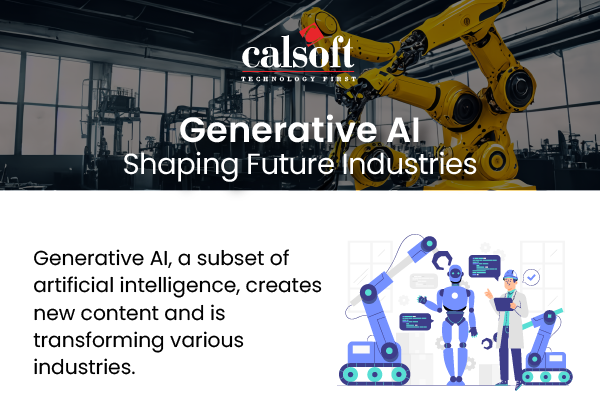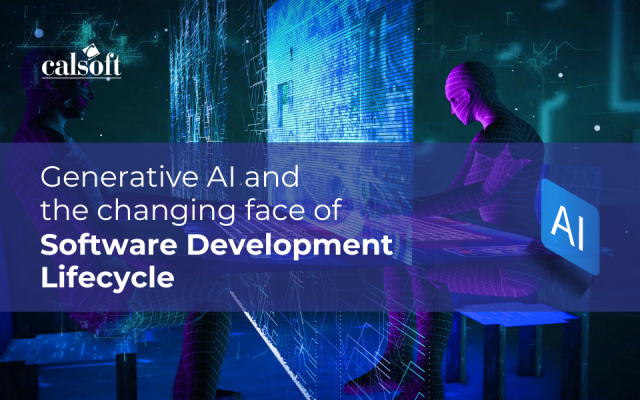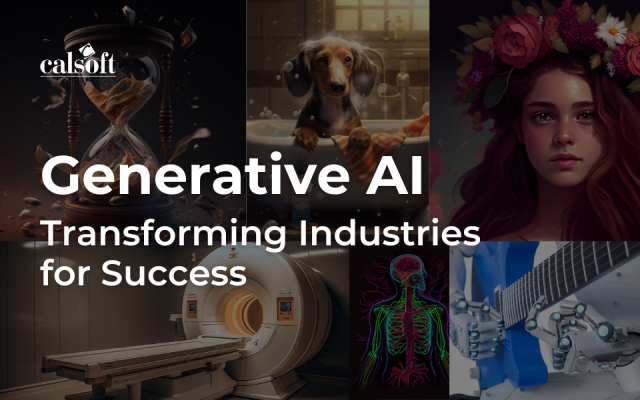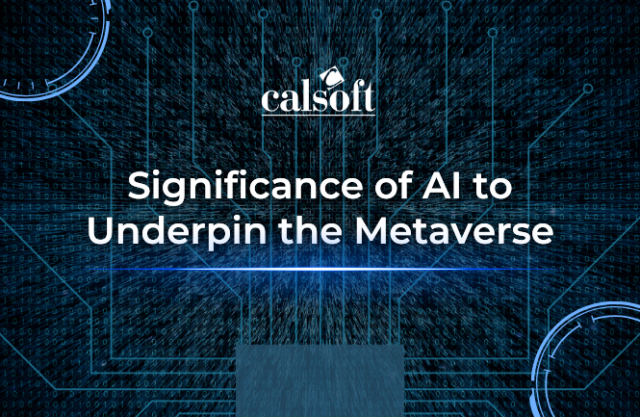Generative Artificial Intelligence (GenAI) is likely to generate transformation for Data Center (DC) and network infrastructure management. Data Center Infrastructure Management (DCIM) always focuses on high efficiency and performance optimization. With the exponential growth of data and the evolution of DCs, conventional approaches become insufficient to manage and maintain the infrastructure. This is where GenAI plays a significant role in transforming the DCIM, reshaping the data processing and management.
GenAI is gaining popularity in the market with its capability to analyse massive amounts of data and categorise fundamental patterns, allowing to create innovative and optimized outputs. Gen AI involves advanced neural networks and deep learning algorithms. This has led to innovations in natural language processing, computer vision, and predictive analytics. GenAI is steering innovation in various industry verticals such as healthcare, manufacturing, retail, and more. GenAI is widely embraced and adopted with the intensification of AI-powered chatbots, personalized recommendations, and predictive maintenance capabilities.
The evolution of GenAI also introduces substantial enhancements in DCIM. For instance, GenAI can realise entirely autonomous DCs, optimising performance and maintenance. Besides, the amalgamation of GenAI with cutting-edge technologies like edge computing and 5G can facilitate DCs to instantly and dynamically regulate the infrastructure to meet the demands, optimizing performance and energy efficiency.
However, AI workloads can impact the data centre infrastructure with critical factors such as power demands, cooling challenges, building and site footprints, and more. Read the blog to explore the impact of Gen AI in the DCIM.
Network Optimization: Gen AI is useful for DC optimization and network management. With cutting-edge analytics and automation, GenAI can analyse traffic patterns, detect system failures, and automate tasks to realize finest network configurations. also plays a pivotal role in optimizing data center operations. These advancements help DC to cope with the increasing demands with higher efficiency, better performance, less downtime, and lower operational costs for industries.
Network Intelligence and Security: Security is extremely important for mission-critical applications. Enterprises follow innovative approaches towards threat exposure and security. GenAI has transformed the way DCs advance towards security. GenAI analyses massive number of datasets in real-time to identify any anomalies, enabling threat mitigation. AI powered security approaches can familiarize and study new threats, improving the total cybersecurity stance of DCs and guaranteeing the security of sensitive data and critical infrastructure.
Scalability and Flexibility: GenAI driven DC and network infrastructure management realises adaptive, scalable, and flexible infrastructure through efficient automation and orchestration techniques. This enables DCs to meet the growing and changing demands of evolving industrial technologies like Internet of Things (IoT).
Predictive Analytics and Maintenance: Gen AI predictive analytics capabilities support DC for effective and optimised resource utilisation and capacity planning. Based on historical data and user behaviour trends, future resource requirements can be predicted. This proactive method helps DCs to scale flexibly according to fluctuating workloads and user demands, avoiding the risk of service disruptions and ensuring continuous availability of services.
Energy Efficiency and Sustainability: Energy efficiency and sustainability are two significant factors to be considered in DC operations. GenAI can easily realize these factors by fine tuning the DC operations and infrastructure management with minimum energy consumption and better performance. This includes dynamically modifying cooling systems, enhancing workload sharing, and administering power use based on demand. This in turn lowers the carbon footprint, aligning with sustainability goals, making DC operations more eco-friendly.
Enhanced Customer Experience: DCs are prevalently used by cloud providers, and content delivery networks. AI powered DC operations support effective content storage and load balancing, optimising the performance with higher reliability and faster response. This in turn realizes better user experience, indicating greater customer satisfaction and maintenance.
How GenAI Affect the Design of Data Center and Network Infrastructure
GenAI will play a pivotal role on computing DCs and network infrastructure. Let’s see the significant aspects GenAI impact the key infrastructure components.
- Increase in Power Requirements: AI driven processes or workloads incorporating deep learning/ neural network training consumes enormous power. To run such workloads, DCs should invest in efficient power infrastructure to avoid service disruptions. DC infrastructure must have backup solutions including Uninterrupted Power Supply (UPS), and efficient power distribution systems. To meet the increase in power demands, DCs focus on usage of renewable energy sources to reduce carbon footprints.
- Structural consideration and Cooling Challenges: AI workloads include high computational tasks, which leads to generation of massive heat. Therefore, it is important to dissipate the excessive heat to maintain the DC operations. The DC physical infrastructure needs to be enhanced for efficient heat dissipation. To maintain optimal temperature in DC infrastructure effective cooling techniques such as air conditioning, liquid cooling, and more should be implemented. The utilisation of cooling resources can be dynamically managed based on workload requirements to ensure better efficiency with low cooling-associated expenses.
The availability of power in different locations vary. The region or site at which DC is located highly influence its capability to realize AI workloads. Locations with reliable power grids can accommodate high density hardware to run AI workloads. Whereas, in site with constrained power resources may have to invest more in physical infrastructure to support the massive AI workloads. Hence, modular DC design facilitate DC to scale as AI workloads increases. The inclusion of energy-efficient processors and accelerators lower power consumption and heat production. - Edge Computing and distributed AI: AI driven operations become apt for latency-sensitive and real-time processes. Edge computing indicates the AI computation taking place near to the data source or at the network edge. To meet the low latency and bandwidth requirements, AI computation can be decentralised to edge devices like IoT sensors or edge DCs. To realise such AI computation, distributed AI architecture and introduction of AI capabilities into edge devices becomes important.
The integration of Gen AI in product engineering services is a tactical imperative for businesses aiming to stay competitive in the digital era. The ability of Gen AI to enhance efficiency, security, scalability, and sustainability is reshaping the landscape of data centres and network infrastructure.
Calsoft’s deep expertise in software product engineering services provide a competitive advantage to the customers through proactive process developments and sustainable value additions throughout the product life cycle.
Conclusion
In conclusion, the revolutionizing impact of Gen AI in data centers and network infrastructure is a testament to its transformative capabilities. As businesses increasingly recognize the importance of AI, the focus is shifting towards not just leveraging AI applications but also reimagining the underlying infrastructure.
Gen AI’s significance in product engineering services is evident in its ability to optimize operations, enhance security, and drive innovation in hardware maintenance. The efficiency, scalability, and energy efficiency it brings to data centers are reshaping the way businesses approach their technological infrastructure. As we look to the future, the continued evolution of Gen AI will likely lead to even more sophisticated applications and solutions.
Calsoft being a leader in software product engineering services, with its deep knowledge of the AI (Gen AI) space and established processes, support enterprises in their digital transformation journey.






